How to get to east Japan’s best highway rest stop for foodies without a car of your own
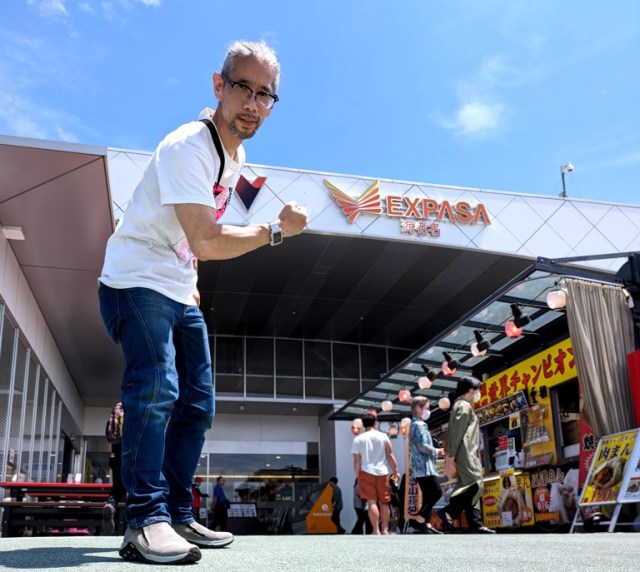
Your stomach will thank you for the legwork.
Japanese highway rest stops are awesome. Clean and convenient, they give motorists a place to stop and stretch their legs, use the bathroom, and gas up their cars. Oh, and this being Japan, rest stops, or “service areas,” sometimes have amazing local foods to munch on too.
As you can probably imagine, that last feature can cause a bit of a dilemma. You don’t need your own car to want to eat tasty food, but you do need your own car to get to a highway rest stop, right?
Nope! At least not in the case of east Japan’s most famous highway rest stop, the Ebina Service Area in Kanagawa Prefecture, southwest of downtown Tokyo, as we recently found out you can walk to it from a nearby bus stop.

Our ace (but car-less) reporter Mr. Sato figured out the route the other day when a craving for some of Ebina’s fabled foods kicked in. The first thing you’ll need to do is make your way, by train, to Ebina Station by either the JR Sagami Line, Odakyu Odawara Line, or Sotetsu Main Line.
▼ Ebina Station is a little under an hour away from downtown Tokyo by train.
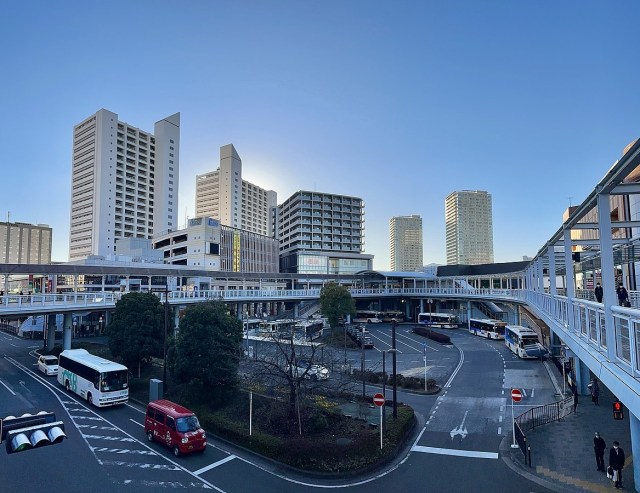
Once you get to Ebina Station, you’ll need to catch a Sotetsu Bus and ride it to the Kokubunjidai-Daikyu stop. The Route 11, 12, and 22 buses all stop at Kokubunjidai-Daikyu, and from Ebina Station they all depart from Stop #3, located just to the east of the station building.
▼ Ebina Station shown in orange. Timetables can be found online (Routes 11 and 12 here, 22 here), with generally two to four buses per hour between 6 a.m. and 10 p.m.
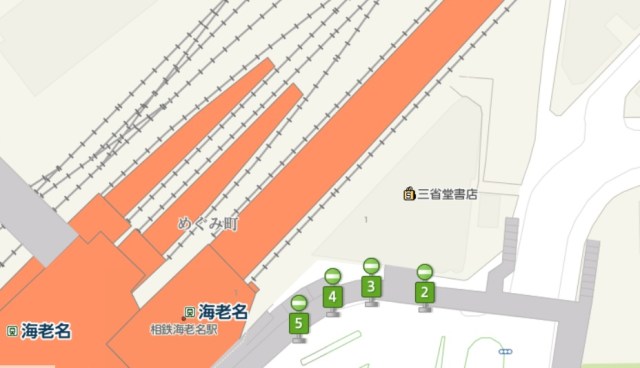
From Ebina Station, it’s a roughly 10-minute, 260-yen (US$1.70) bus ride to the Kokubunjidai-Daikyu stop.
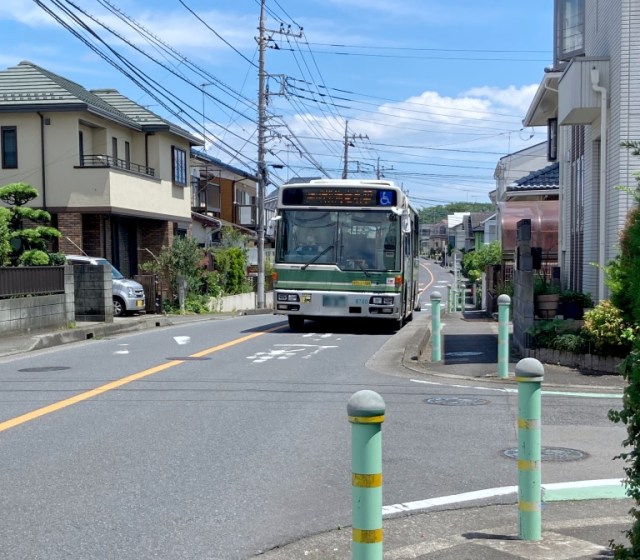
▼ The bus ride from Ebina Station to Kokubunjidai-Daikyu

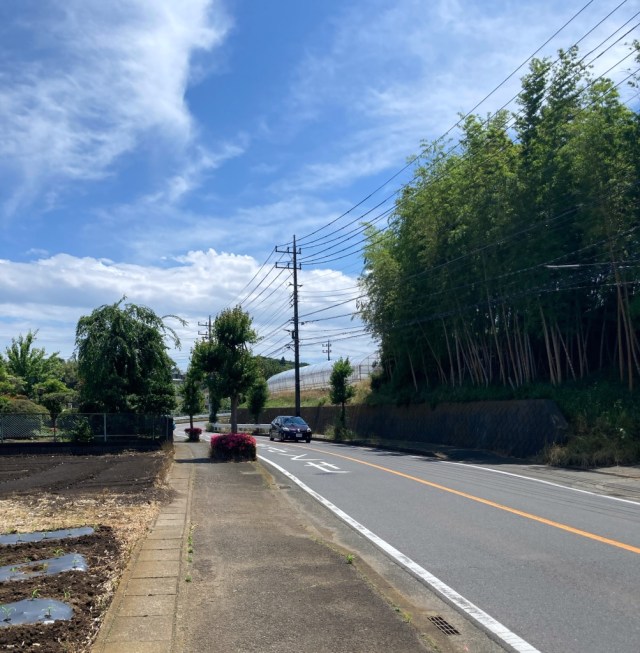
Getting off the bus, you might wonder if you’re in the right spot, since not only can you not see the service area, you can’t even see the expressway.
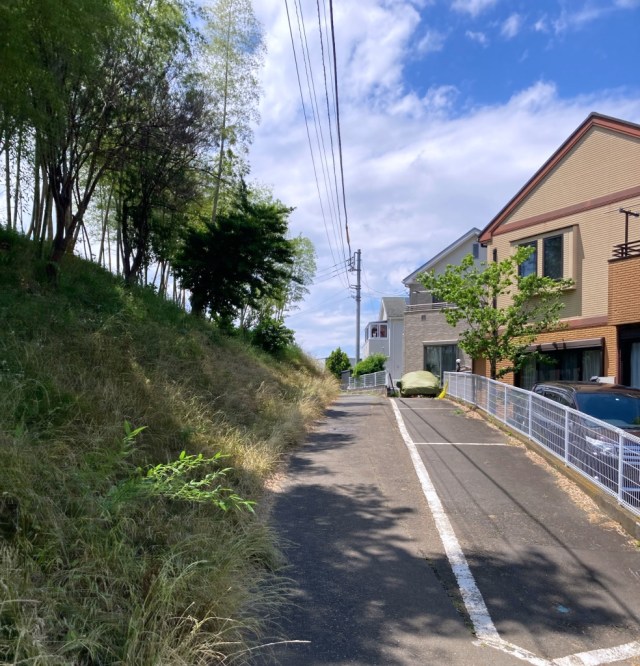
But don’t worry – this really is the closest bus stop to Ebina Service Area, and you’re not that far away. From Kokubunjidai-Daikyu, it’s a 950-meter (0.6-mile) walk, which should take you about 13 minutes if you walk at an average pace.
▼ The walking route from Kokubunjidai-Daikyu to Ebina Service Area
You’ll know you’re getting close when you spot this sound-blocking wall to keep out the noise of cars on the expressway on the other side…
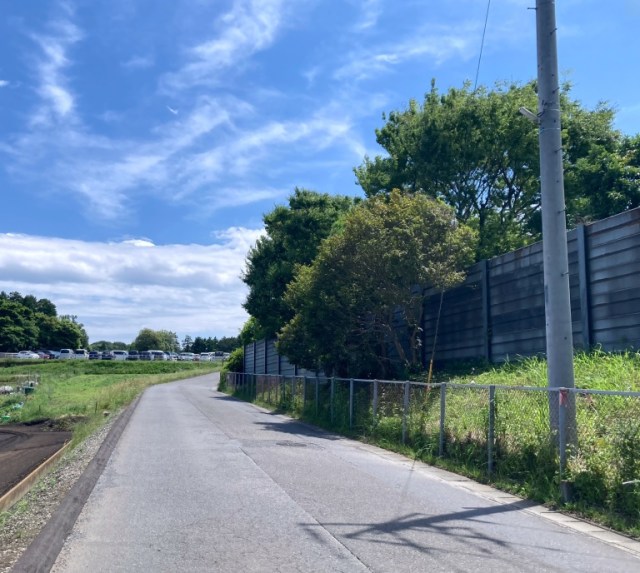
…and when you eventually see this walkway…
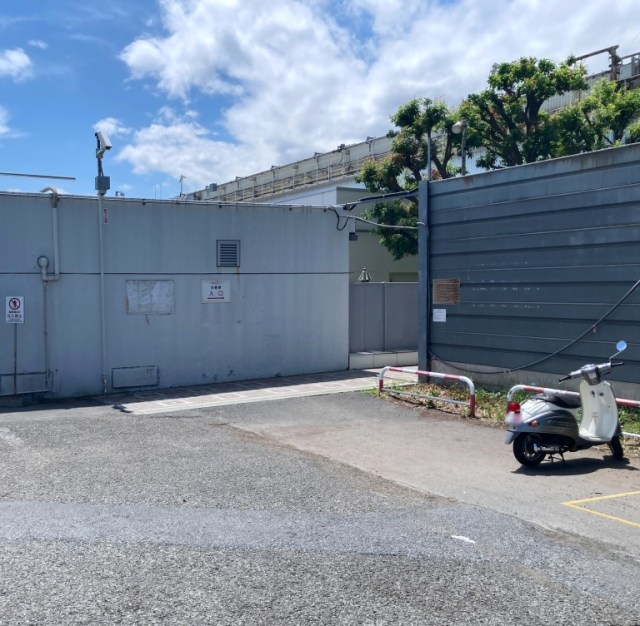
…just follow the arrow pointing to the “entrance” (入口)…
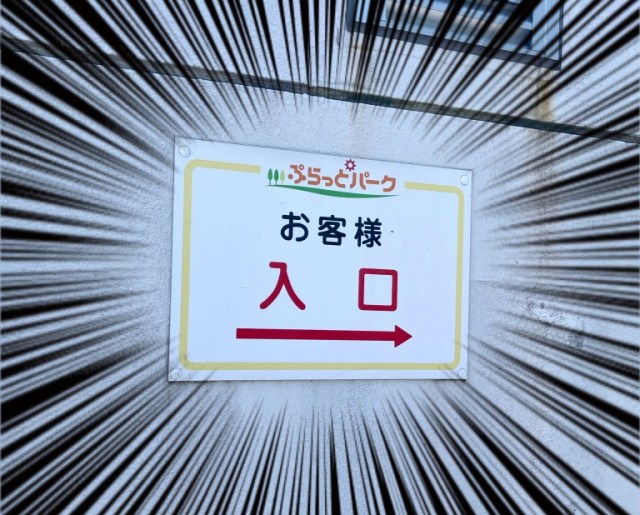
…and there you are, inside the southbound Ebina Service Area!
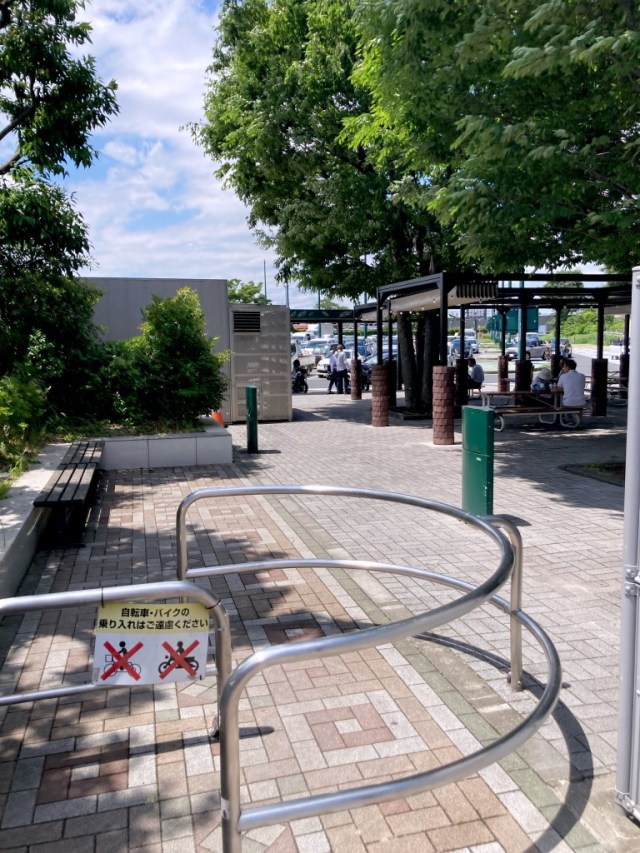

Mr. Sato felt a special sense of accomplishment and excitement, knowing that he was one of the few people, or maybe the only person, who’d walked here.
▼ Who needs a car when you’ve got a Mr. Sato-sized sense of adventure?
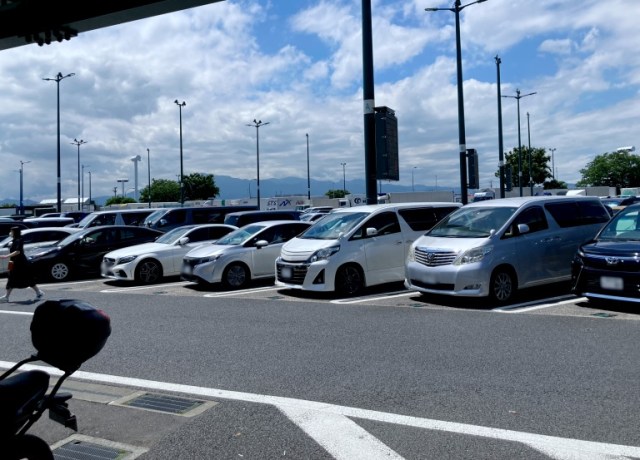
But what he also felt was a massive hunger, one which he was ready to start satisfying at east Japan’s best highway rest stop for foodies.

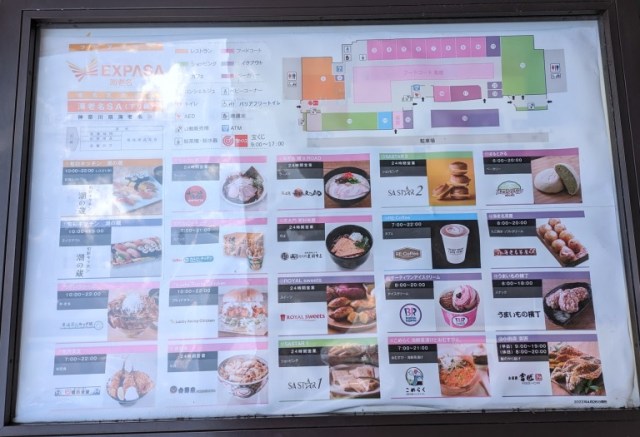
Looking over the directory, Mr. Sato was drawn to Aji no Karaage (鯵の唐揚げ).
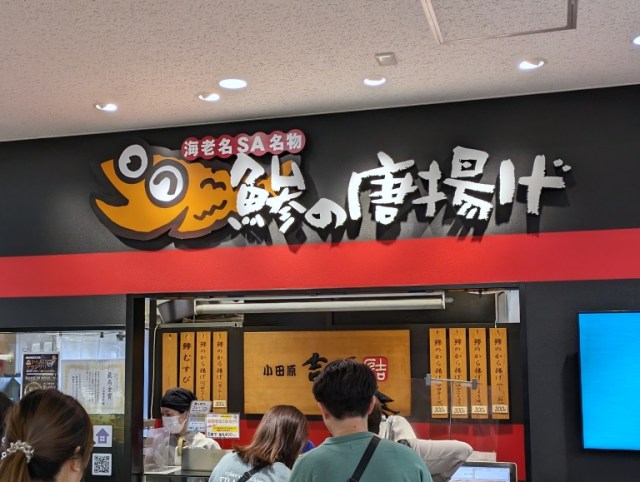
Usually when someone says “karaage” in Japan they’re talking about Japanese-style fried chicken. True to its name, though, Aji no Karaage serves aji (horse mackerel) cooked karaage-style.
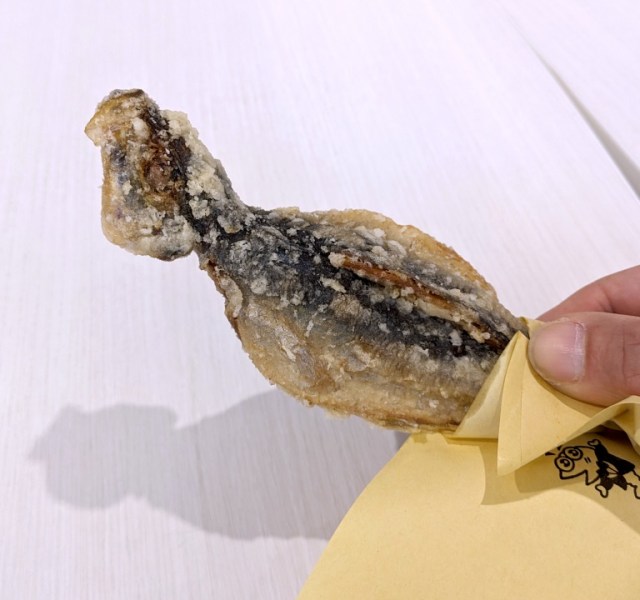
Aji no Karaage has won multiple awards at food festivals for their unique karaage concept, and so Mr. Sato couldn’t go home without trying a piece of the shio (salty) aji karaage for 300 yen. The mixture of familiar flavoring but with a different base ingredient was at once comforting and stimulating, and Mr. Sato’s only complaint is that he thinks it would have been even better paired with a bowl of white rice.
Next, Mr. Sato sauntered over to Usui Farm’s spot in the food court.

Usui Farm offers a variety of dishes made with Atsugi pork, raised locally in Kanagawa Prefecture. After weighing his options, Mr. Sato decided on the grilled pork bowl (1,350 yen).
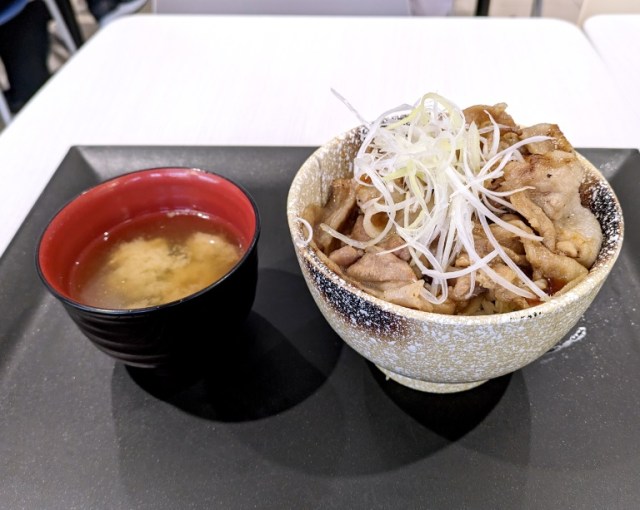
Beef bowls, like the kind served at Yoshinoya, tend to get a lot of the meaty rice bowl spotlight in Japan, but if you like your meat and rice, you owe it to yourself to try a pork bowl, or butadon as they’re called in Japanese. Usui Farm uses apples in their marinade, giving the Atsugi pork’s delicious succulence a gentle sweetness.

Mr. Sato wasn’t worrying about the calories either, since he’d gotten in a good number of steps walking to the service area, and would be doubling that on his way home later.
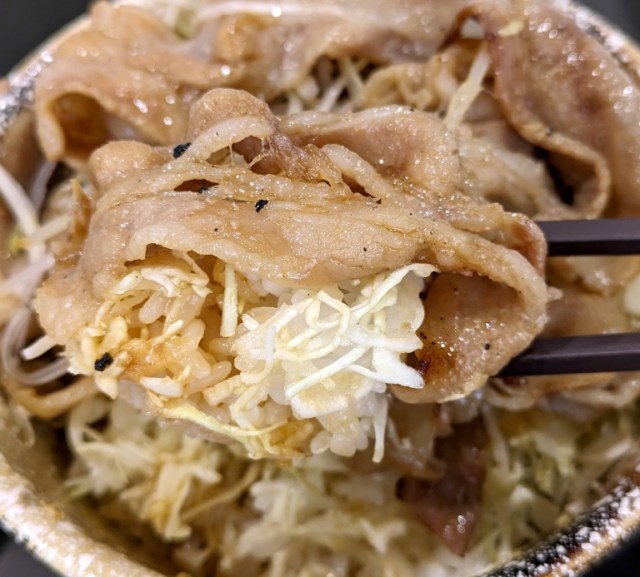
How not worried was he? So not worried that once he was done with his pork bowl, without hesitation he started looking for dessert.
More than anything else, Ebina Service Area is famous for its melon bread, so much so that its gift shop is filled with all sorts of key chains, bag straps, socks, and other souvenirs featuring beloved characters like Hello Kitty posing with the baked good.
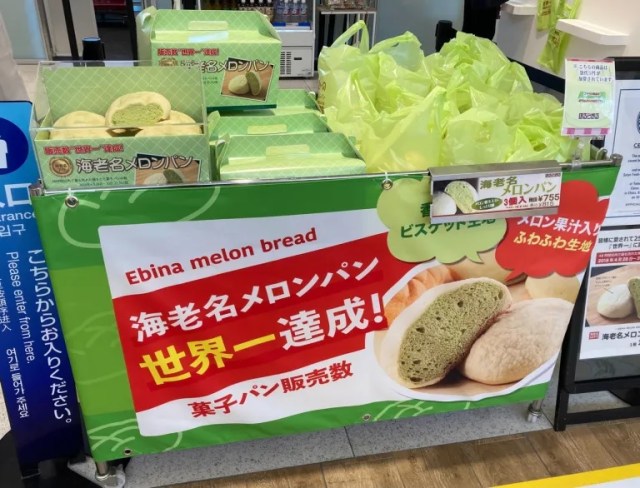
Ordinarily, getting melon bread at Ebina Service Area is a no-brainer. On this day, though, Mr. Sato’s heart strayed to another sweet temptation. Confectionary brand Tokyo Banana occasionally teams up with the rest stop for exclusive offerings, and now they have a Tokyo Banana soft serve ice cream, which is only available at the southbound Ebina Service Area!
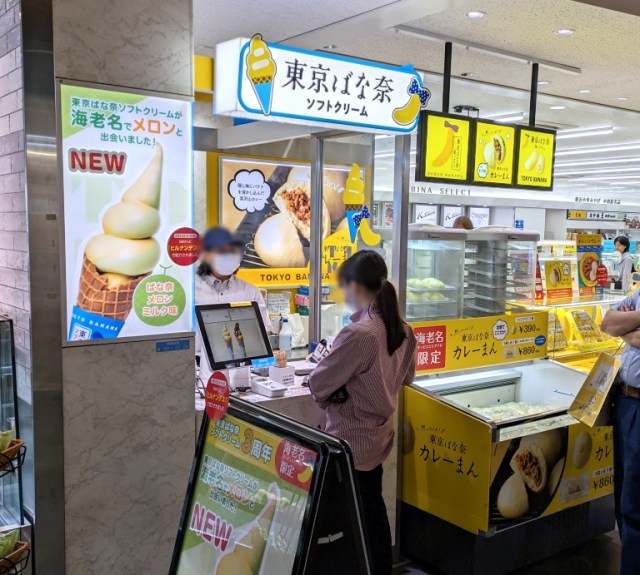
You can choose between banana, banana/melon mix, or banana with chocolate sauce. Mr. Sato picked the third option, and it was 490 yen well spent.
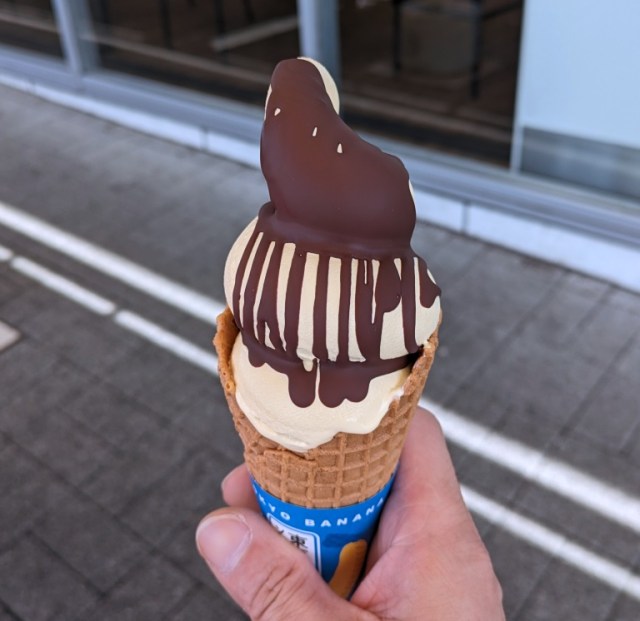
Having now reached his stomach’s capacity, Mr. Sato unfortunately had no room to scarf down any melon bread. But hey, now that he knows he can get to Ebina Service Area without a car, he can head back whenever he wants to get his Ebina melon bread fix.
Related: Ebina Service Area
Top image ©SoraNews24
Ebina Station photo: Wikipedia/Nesnad
Ebina Station bus stop map: Sotetsu
All other photos ©SoraNews24
● Want to hear about SoraNews24’s latest articles as soon as they’re published? Follow us on Facebook and Twitter!
Credit:

0 comments:
Post a Comment